ASM Hydrasynth Explore Bruksanvisning
ASM
Tangentbord
Hydrasynth Explore
Läs gratis den bruksanvisning för ASM Hydrasynth Explore (98 sidor) i kategorin Tangentbord. Guiden har ansetts hjälpsam av 34 personer och har ett genomsnittsbetyg på 4.5 stjärnor baserat på 17.5 recensioner. Har du en fråga om ASM Hydrasynth Explore eller vill du ställa frågor till andra användare av produkten? Ställ en fråga
Sida 1/98

Owner’s Manual
Produktspecifikationer
| Varumärke: | ASM |
| Kategori: | Tangentbord |
| Modell: | Hydrasynth Explore |
Behöver du hjälp?
Om du behöver hjälp med ASM Hydrasynth Explore ställ en fråga nedan och andra användare kommer att svara dig
Tangentbord ASM Manualer

5 September 2024
Tangentbord Manualer
- Elektron
- DeepCool
- Mars Gaming
- Eminent
- MT Logic
- SilentiumPC
- NGS
- Natec
- Philips
- ILive
- Watson
- Posiflex
- Leotec
- Fantech
- Samson
Nyaste Tangentbord Manualer
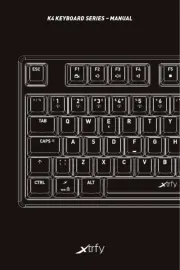
19 Oktober 2025
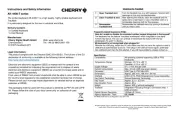
19 Oktober 2025
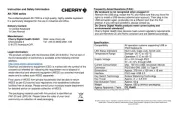
19 Oktober 2025
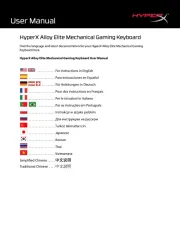
10 Oktober 2025

10 Oktober 2025
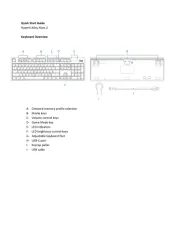
10 Oktober 2025
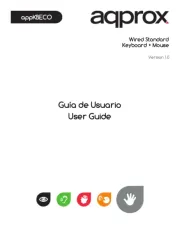
9 Oktober 2025
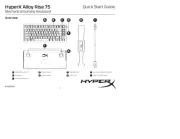
9 Oktober 2025
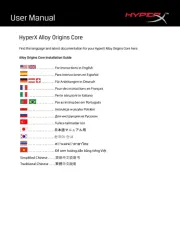
9 Oktober 2025
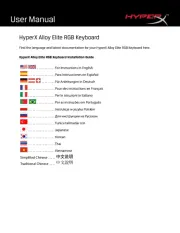
9 Oktober 2025